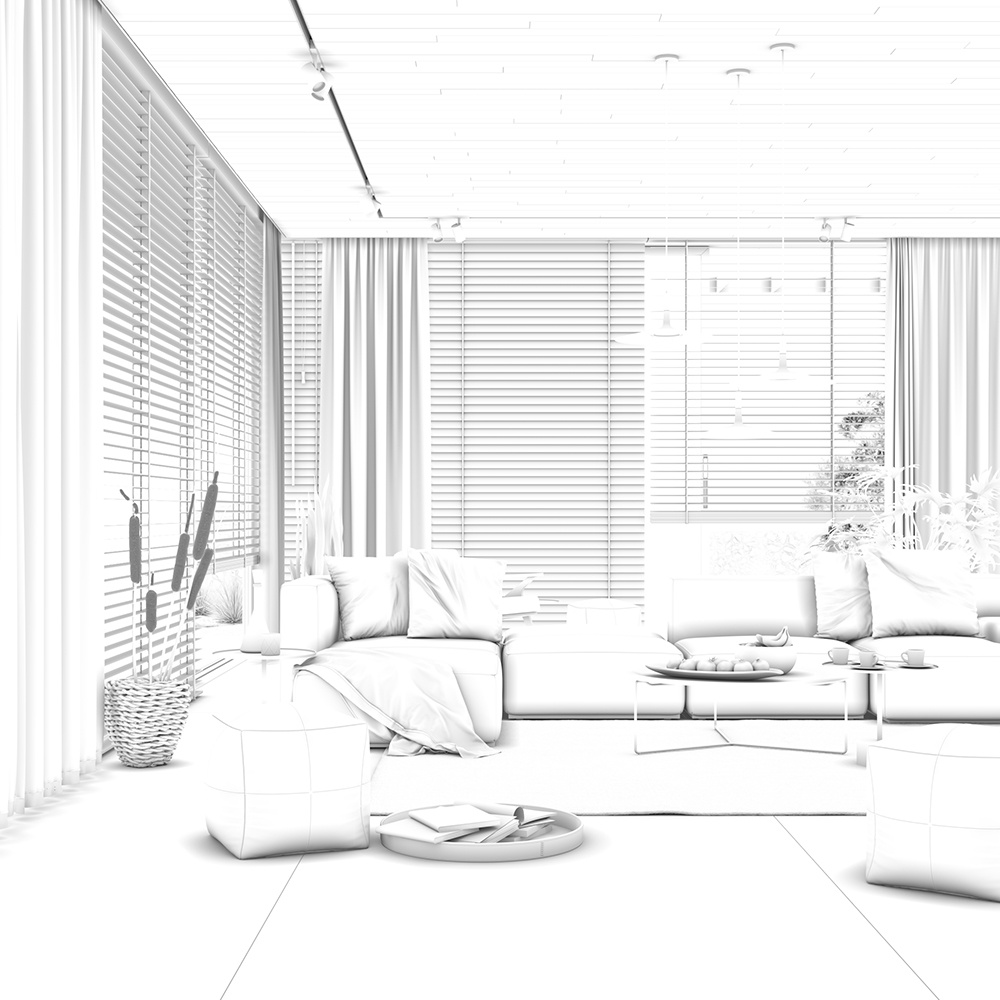This page provides information about the Ambient Occlusion Render Element in V-Ray for Rhino.
Overview
UI Paths
||V-Ray Asset Editor|| > Render Elements (right-click) > Ambient Occlusion
||V-Ray Asset Editor|| > Create Asset (left-click) > Render Elements > Ambient Occlusion
Parameters
Denoise – Specifies whether to denoise the render element.
Affect Matte Objects – Specifies whether to include matte objects when generating the render element.
Consider for AA – Consider the render element for anti-aliasing.
Radius – Specifies the amount of area (in scene units) where the Dirt effect is produced. If a texture is also used, the Radius value determines the amount of texture blending.
Falloff – Controls the speed of transition between occluded and not occluded areas.
Distribution – Narrows the Dirt's area closer to the contact edges. For ambient occlusion set this parameter to 1.0 to get distribution similar to the ambient lighting on a diffuse surface.
Use Transparency
enabled – Dirt will take into account the opacity of the occluding objects.
disabled – Occluding objects are always assumed to be opaque.
Compositing
In this example, the original RGB render is blended with the Ambient Occlusion channel using the Multiply mode. This results in heavier, more underlined shadows around all the object edges.




